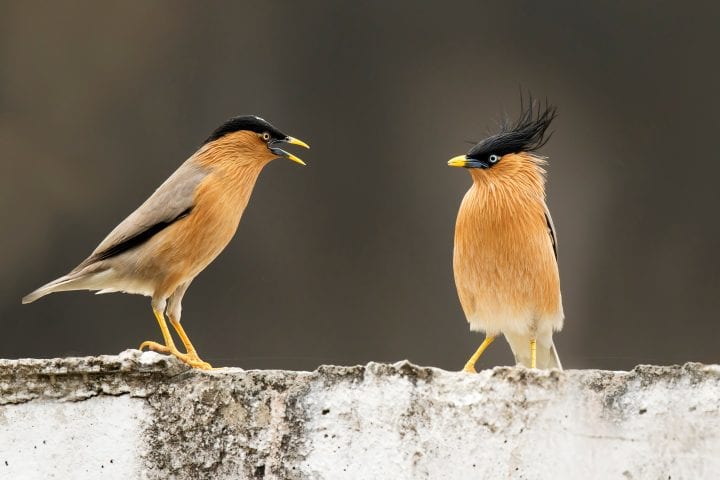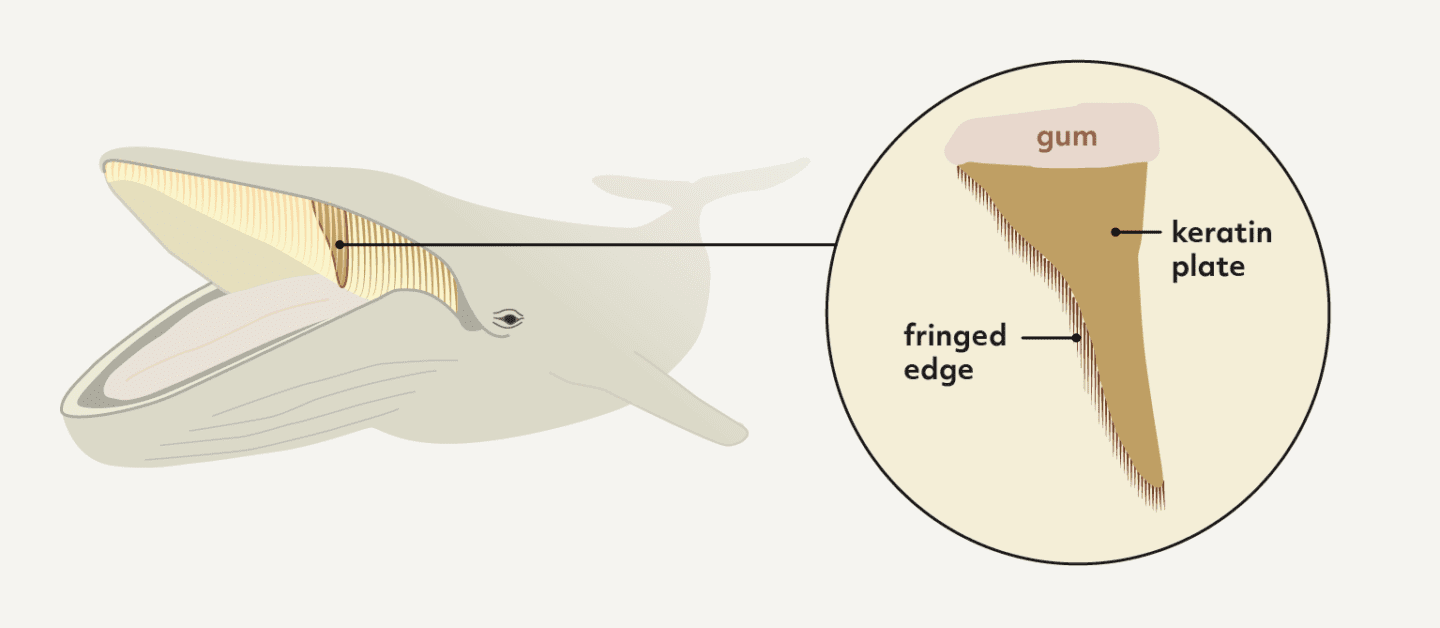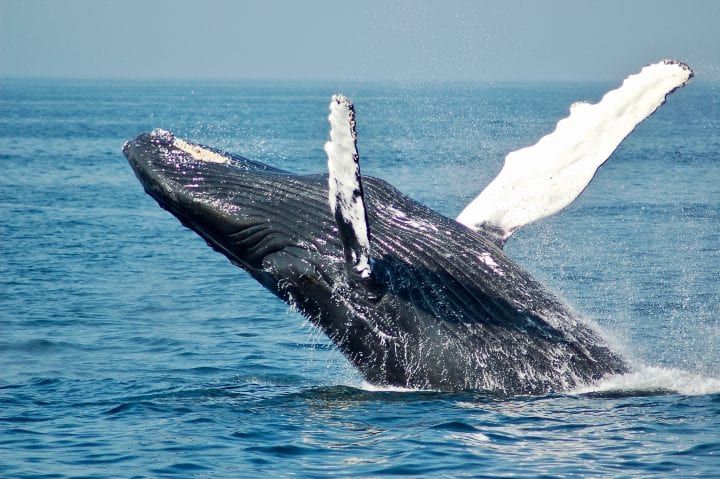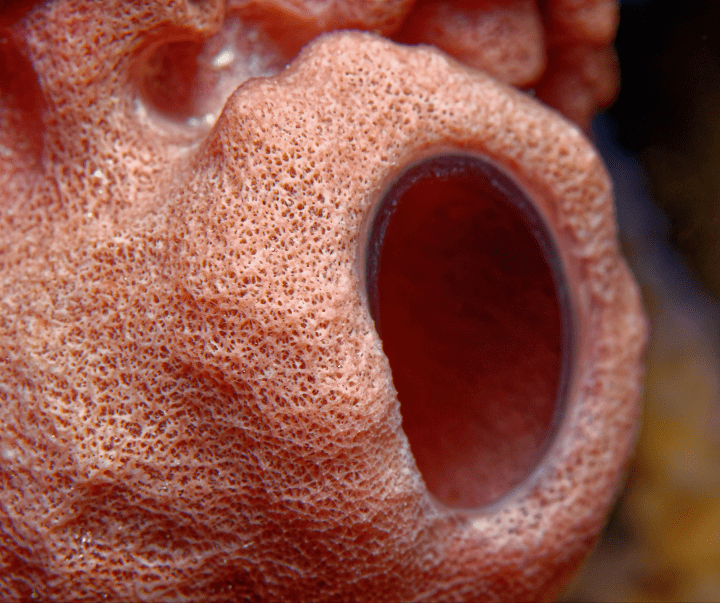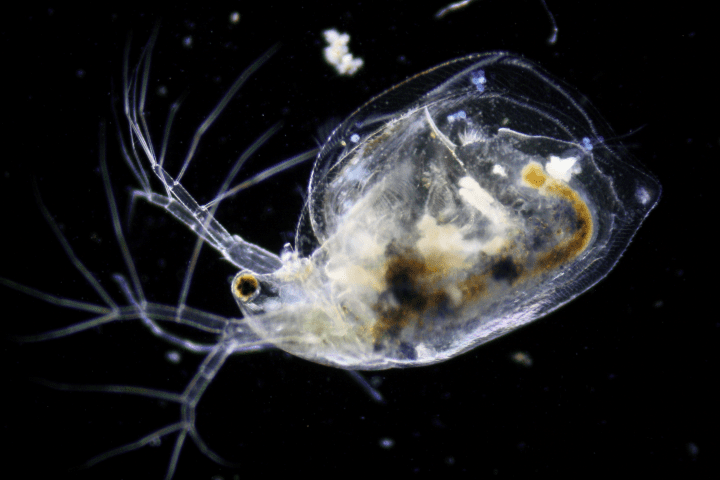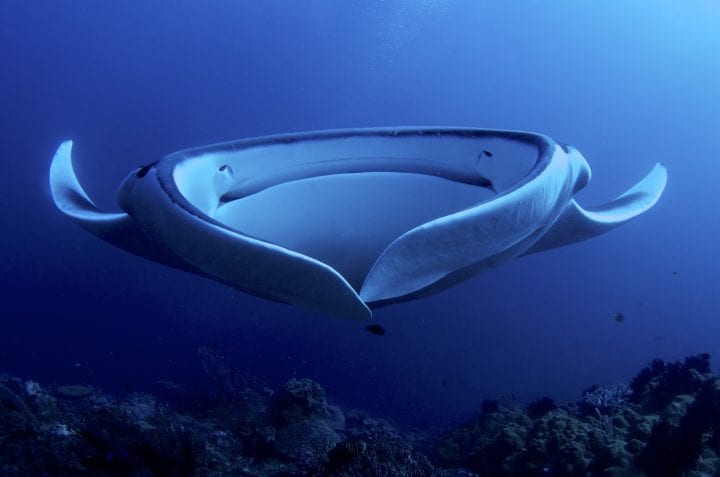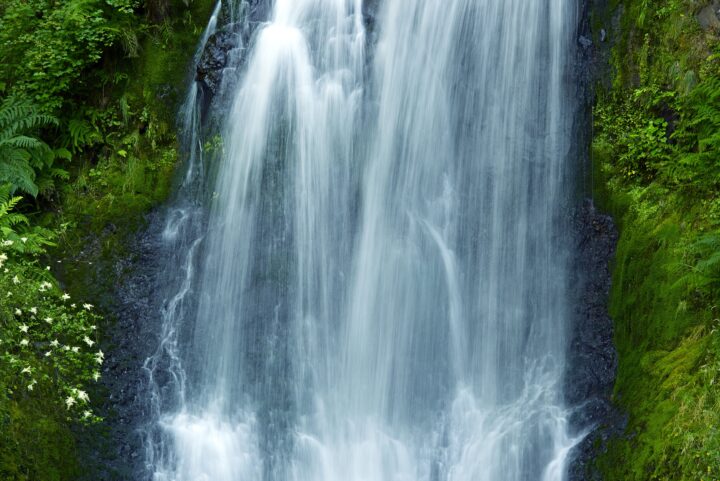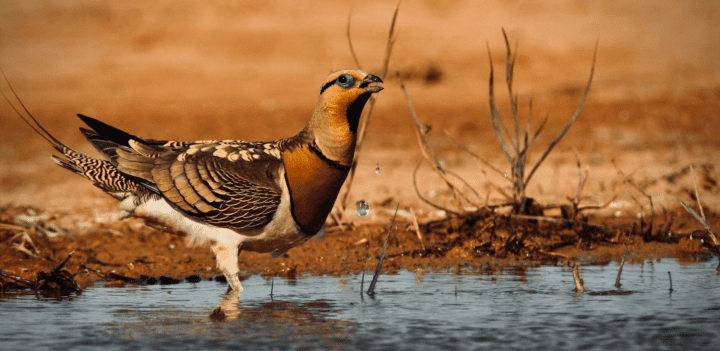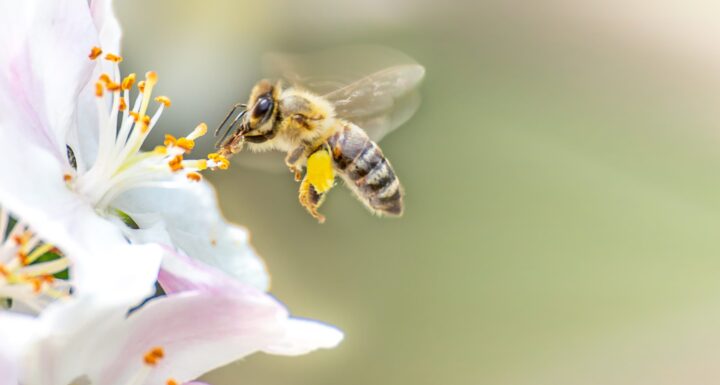Baleen whales use fringed sheets of keratin to strain food from water before they swallow.
Introduction
The blue whale is the largest animal ever known to inhabit Earth. Found in every ocean on the planet except the Arctic, it grows as long as three school buses lined up end to end and can weigh more than nine school buses full of kids. What does a behemoth this big eat? Ironically, almost exclusively one of the ocean’s smallest animals—crustaceans known as krill, which swim about in large schools.
How the blue whale eats krill is as remarkable as the fact that it does so. Opening its massive mouth, it engulfs a school of krill along with enough seawater to double its weight. Then, it uses baleen, a bristly structure growing from its top jaw, as a sieve to catch the krill as it forces the water back out into the ocean.

Humpback whales feeding. Like the blue whale, humpback whales are also baleen whales.
The Strategy
Like all baleen whales of the suborder Mysticeti, the blue whale’s baleen is composed of keratin, the same type of material that makes up hair, horns, fingernails, and claws in other mammals.
About 350 plates of this material grow parallel to each other and perpendicular to the toothless jaw, lined up like slats of a vertical window blind. Each plate is made up of a main plate and a few smaller plates, forming a triangular profile. The plates contain tubules that separate to form a frayed edge on the tongue side and at the bottom made up of densely packed bristles 2 millimeters or smaller in diameter.
After taking in krill and water together, the whale partly closes its mouth so that the water has to go through the baleen as it moves back out into the ocean. The baleen fringe is able to trap krill down to about half a millimeter in size.
The blue whale is one of 14 whale species that use baleen as part of their foraging strategy. The length of the baleen plates and the nature of the bristles varies from one species to another depending on the whales’ foraging style and the size of prey they prefer.
A recent study suggests that at least one whale species, the bowhead (Balaena mysticetus), uses the baleen to direct food to the back of its throat rather than as an actual filter, which helps it avoid clogging the mechanism with bits of prey. The exact movement of water and krill within a blue whale’s mouth—and how it keeps from clogging and/or cleans its baleen—appears to remain a mystery for now.
Watch blue whale feeding behavior

Scientists at Oregon State University used a research drone to capture footage of blue whale feeding behavior. At 0:35-0:50 this video shows how the whale enlarges its mouth to capture krill. The rest of the video discusses how whales make choices about what's worth the energetic cost of eating.
The Potential
A blue whale’s approach to separate tiny particles from large amounts of water can find numerous applications in solving human needs. Baleen-like screens could be used to filter particles from wastewater as part of a conventional treatment process. They could provide a first level of cleansing for drinking water taken from lakes and streams. They could be used to produce beverages such as beer, wine, and apple cider that include non-liquid materials during part of their processing. They might prove useful in removing microplastic pollutants from soil, water, and other contaminated materials. They might even inspire new and more energy-efficient and cost-effective ways to desalinate seawater for use as drinking and irrigation water in arid regions.


